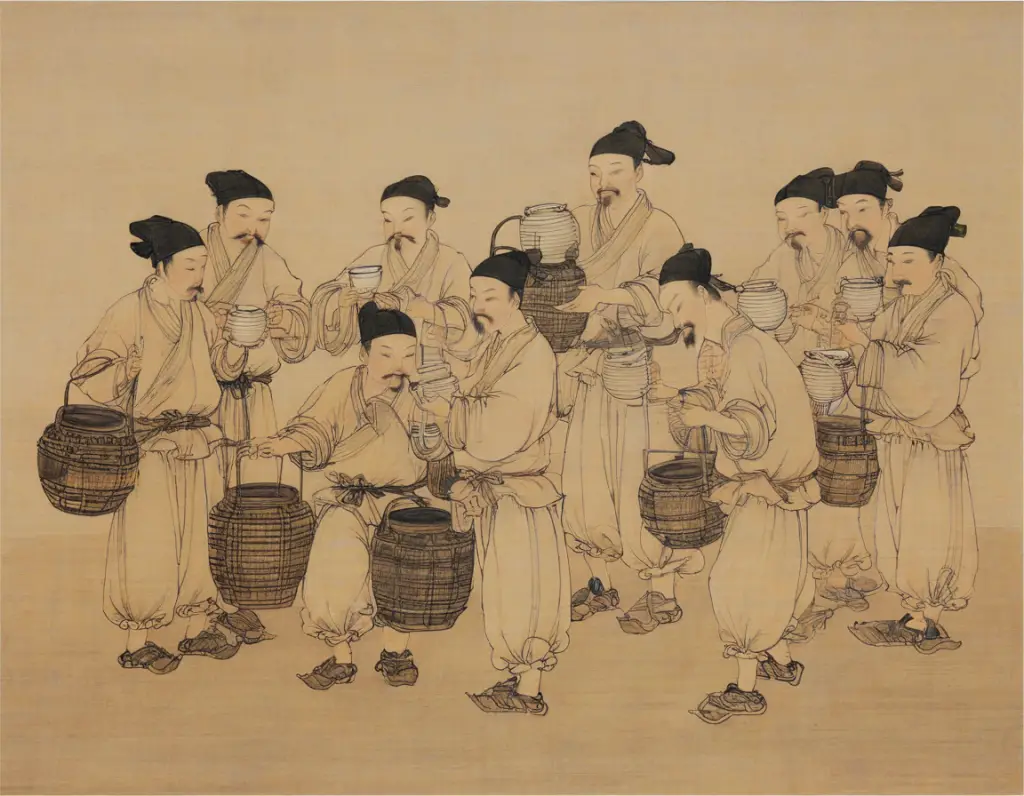Picture this: a bustling riverside town, merchants shouting prices over fragrant steam from food stalls, kids chasing each other through narrow streets, and a scholar quietly painting landscapes with ink and brush while sipping tea. Welcome to the Song Dynasty. It’s not a fantasy, it’s history—and it’s way cooler than your high school textbook made it sound.
Not Just Another Dynasty
The Song Dynasty, which ruled China from 960 to 1279, doesn’t usually get top billing in flashy documentaries. It lacked the wall-building spectacle of the Qin or the military brawn of the Tang. But if you’re into cities with indoor plumbing before most of Europe had paved roads, mind-blowing inventions, or paintings so delicate they feel like whispers, then the Song is your jam.
They called it a golden age for good reason.
A Tech Boom Before Silicon Valley
The Song era was basically the original innovation hub. Gunpowder? Perfected and weaponized. The compass? Mass-produced and used for serious maritime exploration. Printing? Moveable type, baby, way before Gutenberg.
And then there was paper money. Yes, centuries before it became standard elsewhere, the Song had already ditched the heavy coins and embraced lightweight currency. The government even had debates about inflation, just like we do now. (Only with more calligraphy and fewer hashtags.)
Life in the Cities: Not Just Mud and Straw
Imagine being dropped into Bianjing (modern-day Kaifeng) or Lin’an (today’s Hangzhou). You’d probably be shocked by how… modern it feels. These were mega-cities by medieval standards, with populations in the millions. Street lighting? Check. Organized waste disposal? Yep. Bookstores, noodle shops, night markets? All of the above.
Hangzhou in particular was described by the Venetian traveler Marco Polo as the finest city he had ever seen. And while his stories often read like medieval Yelp reviews dipped in exaggeration, he wasn’t entirely off.
Culture That Feels Alive
The Song were lovers of the arts, but not in a stiff, snobby way. Calligraphy, poetry, and especially painting flourished, but it wasn’t just for emperors and elites. Middle-class folks, yep, there was one, got in on the action. If you had a steady income, you could collect art, discuss books at tea houses, or even sponsor your favorite poet.
One of the coolest examples? “Along the River During the Qingming Festival” by Zhang Zeduan. It’s a panoramic scroll painting so detailed, it’s been called China’s Mona Lisa. But better, because it also has camels and street food vendors.
Women and the Complicated Question of Status
Let’s be real. The Song Dynasty wasn’t some utopia. Women’s rights? Complicated at best. While some elite women enjoyed education and even managed businesses, the era also saw the rise of foot binding. A tragic and painful practice tied to beauty standards and social status.
So yes, this golden age had its shadows. Which makes it even more human and more worth studying. It wasn’t perfect, but what society is?
The Science Wasn’t Just Flashy, It Was Practical
Song China wasn’t just inventing for fun. Their knowledge of astronomy, engineering, and medicine translated into real-world stuff. Agricultural texts helped farmers boost yields. Water-powered clocks tracked time with precision. Engineers like Su Song built mechanical marvels, including an astronomical clock tower that wouldn’t look entirely out of place in a steampunk novel.
They had a deep understanding of how nature and technology intertwined, and they weren’t afraid to experiment with both.
What Brought It All Crashing Down?
The short version? The Mongols.
The Song Dynasty eventually fell to the mighty Kublai Khan and his expanding empire in 1279. But not because they were backward or lazy. In fact, the Southern Song held out against the Mongol advance for decades, longer than many empires could have managed. Their fall was tragic, but their legacy stuck around.
Why the Song Still Matter
The Song Dynasty’s contributions aren’t just ancient curiosities. Their emphasis on education, urban living, technology, and the arts laid the groundwork for much of East Asian civilization—and they did it all while Europe was still trying to figure out how to bathe regularly.
So the next time you hear someone talk about “golden ages,” remember that innovation doesn’t always come with fireworks. Sometimes it arrives in the soft scratch of a brush on silk, in the hiss of boiling tea, in the quiet dignity of a society that loved books more than battles.
And maybe that’s the kind of golden age we need more of.
Sources:
1. Khan Academy – Introduction to the Song Dynasty
2. Britannica – Song Dynasty
3. ASIA for Educators – The Most Advanced Society in the World

